
The Blue Mountains is home to some of the most breathtaking hikes in Australia, and the Porters Pass and Centennial Glen Loop stands out as one of the best-kept secrets. It offers a mix of lush rainforest, dramatic cliffs, and hidden waterfalls, making it one of the most magical hikes in the region.
I recently tackled this trail and was amazed by its beauty. Despite being in the heart of tourist season, we had the trail nearly to ourselves, which made the experience even more special. The real highlight of the hike is Centennial Glen, where you’ll discover a secret waterfall tucked inside a slot canyon, often referred to as “The Grotto.” Here’s everything you need to know about this stunning hike.
Porters Pass and Centennial Glen Hike Overview
The hike covers a diverse range of terrains and is considered moderate in difficulty. While the trail is not particularly long, it offers a mix of steep climbs, rocky paths, and spectacular viewpoints. This hike is perfect for those seeking a peaceful and scenic adventure in the Blue Mountains.
- Distance: Approximately 5 km
- Duration: Around 2 hours (expect 3 hours if you make a detour to explore the waterfall)
- Difficulty: Moderate
- Terrain: Dirt paths, rocky sections, and stone stairs; good hiking boots are recommended
Getting There
The Porters Pass Trailhead is located in Blackheath, a small town in the Blue Mountains. From the town center, it’s only a short 5-minute drive. If you’re coming from Sydney and don’t have a car, you can take the train to Blackheath Station, which is about a 15-minute walk from the trailhead.
Starting the Hike
The hike can be started from either the Porters Pass Trailhead or Centennial Glen Car Park, both of which are well marked. We opted for the Porters Pass starting point, which has limited parking, but it’s a quiet area with fewer visitors. If parking is full, Centennial Glen Car Park offers more space.
Given that the hike is a loop, you can start from either side. However, I recommend heading towards Centennial Glen later in the hike to reach the Grotto Waterfall towards the end, as it’s the perfect spot to cool off after a bit of exercise.
Highlights of the Hike
- Porters Pass: This section offers views over the valley before you descend into a shady rainforest. Lamberts Lookout provides panoramic views of the surrounding cliffs and valleys.
- Colliers Causeway: This part of the trail is incredibly scenic, snaking along the cliff edges with breathtaking views of the sandstone cliffs and the rural valley below. The trail is lined with native plants, and birds are often seen fluttering about.
- Centennial Glen and the Grotto Waterfall: The Grotto is a magical hidden gem. Tucked away in a slot canyon, it’s one of the most beautiful spots in the Blue Mountains. You’ll need to crouch through a narrow passage to reach it, but the effort is well worth it. The waterfall creates a serene pool perfect for a refreshing swim.
The Grotto Waterfall Experience
When we arrived at the Grotto, we were lucky to find it nearly empty, with just one local enjoying the spot with his dog. The slot canyon, framed by towering cliffs, creates a magical atmosphere, with sunlight filtering through the gap above. After spending time exploring the area, we cooled off in the icy water—an invigorating experience on a warm summer day.
After the Waterfall: The Centennial Pass Track and Clifftop Walk
After visiting the waterfall, you continue the hike along the Centennial Pass Track, which eventually connects to the Clifftop Walk. The Clifftop Walk is exposed, so it offers different scenery compared to the rainforest section, with more rugged terrain and incredible mountain views.
We did get a bit lost after the waterfall and ended up on the Walls Ledge Track, which extends the hike a little further south before rejoining the main loop. If you find yourself lost, simply follow the trail signs or consult a map. Eventually, you’ll make your way back to the Centennial Glen Car Park, from where it’s just a short walk to the Porters Pass Trailhead.
What to Bring
While the hike isn’t too long, it’s still important to pack for comfort and safety:
- Sturdy Hiking Boots: The trail includes rocky, slippery sections, especially near waterfalls.
- Active Wear: Comfortable clothing for the hike, but keep in mind it could get muddy.
- Swimwear: You’ll want to take a dip in the Grotto Waterfall, so don’t forget your swimsuit!
- Towel: A microfiber towel works great for drying off after a swim.
- Water: At least 1-2 liters, especially if you plan to hike in the warmer months.
- Snacks: A small snack to keep your energy up, though the hike is relatively short.
- Camera: The scenery is too beautiful not to capture!
- Sun Protection: Sunscreen, a hat, and sunglasses are essential, particularly on the exposed sections of the Clifftop Walk.
Final Thoughts
The Porters Pass and Centennial Glen Hike is a hidden gem in the Blue Mountains, offering a peaceful and scenic trail with some of the most beautiful waterfalls and vistas in the region. Whether you’re looking for a short escape or a more immersive hiking experience, this loop trail provides it all—from tranquil rainforest paths to jaw-dropping views.
If you’re in the Blue Mountains and want to get off the beaten path, this hike is an absolute must!









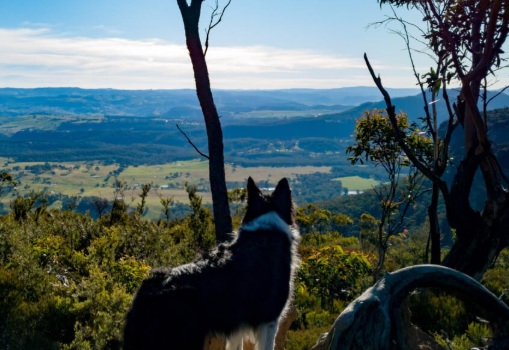
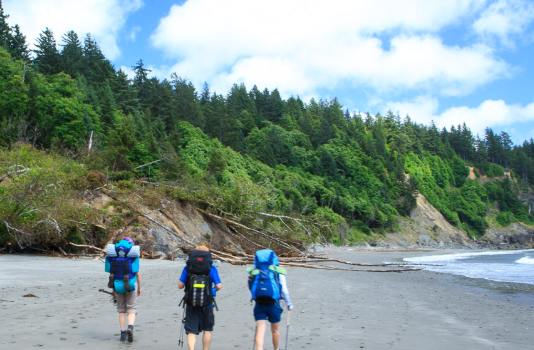
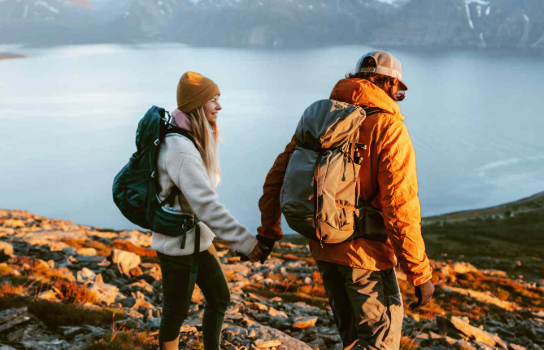
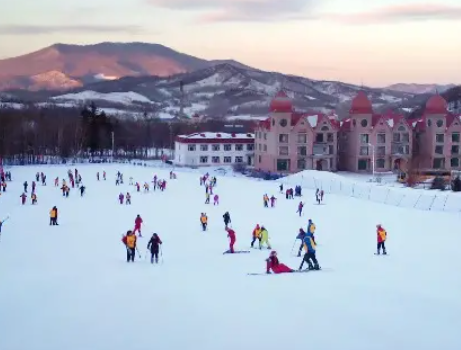
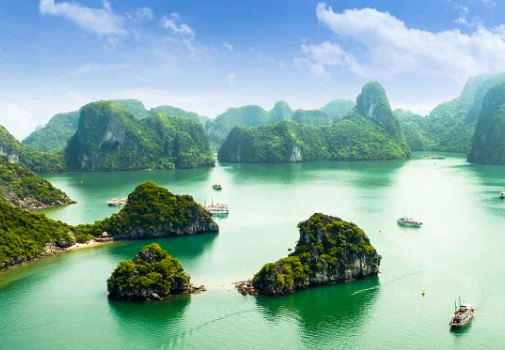
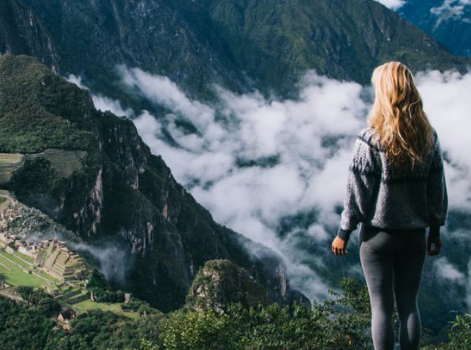
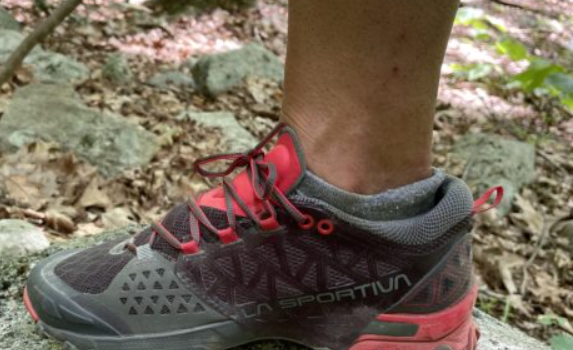
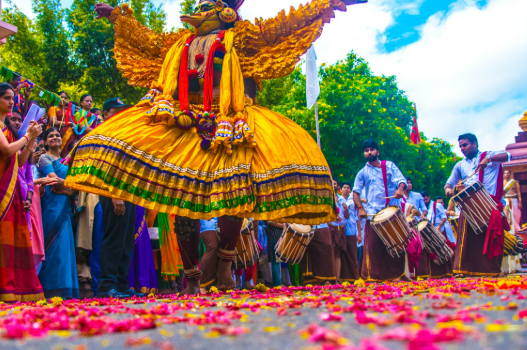
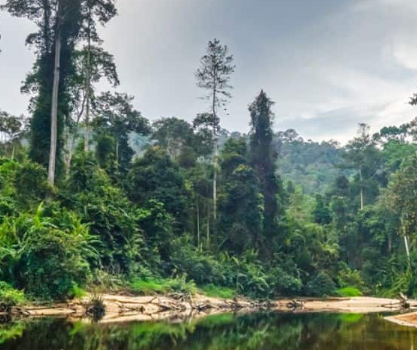


Comments